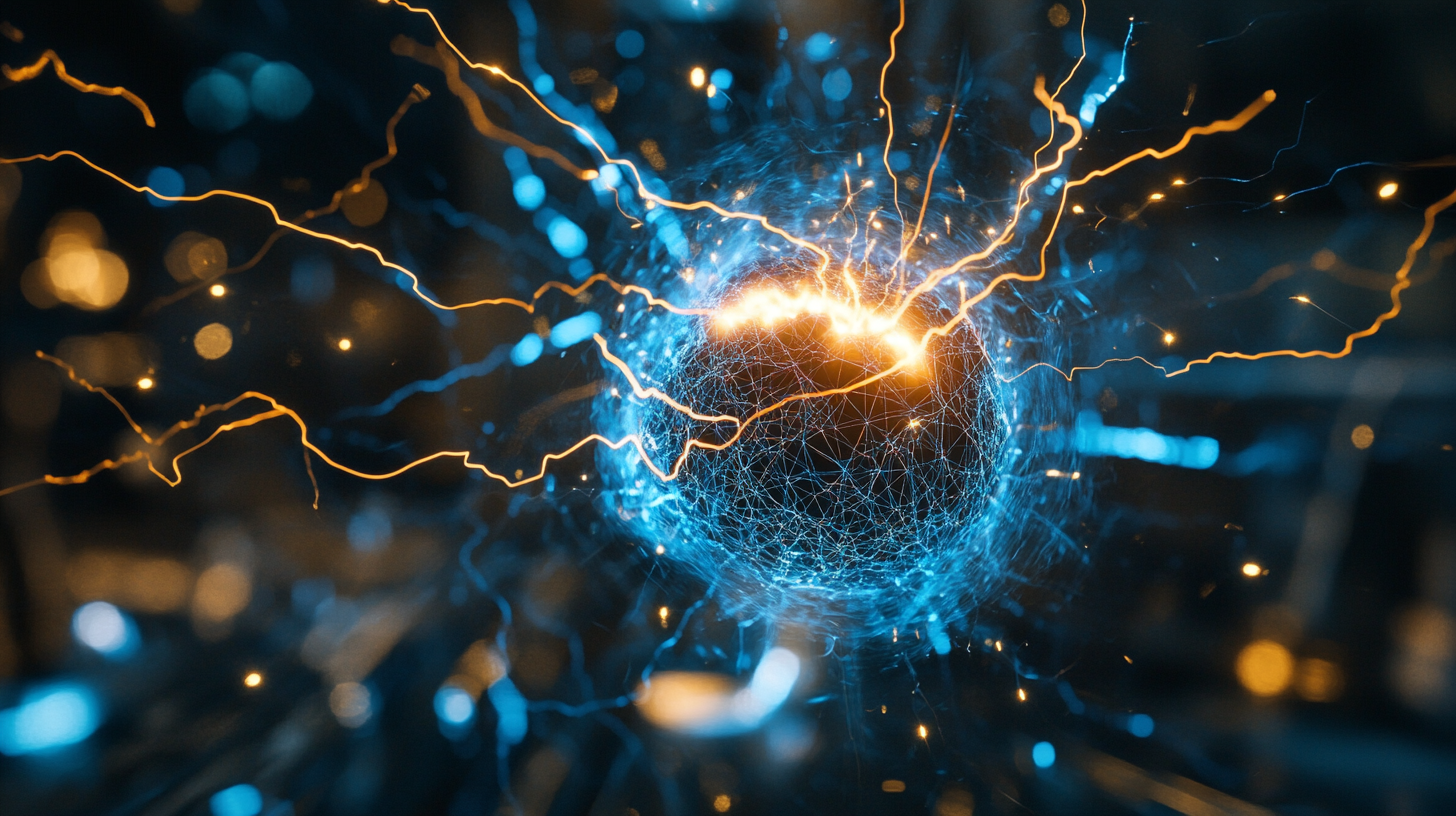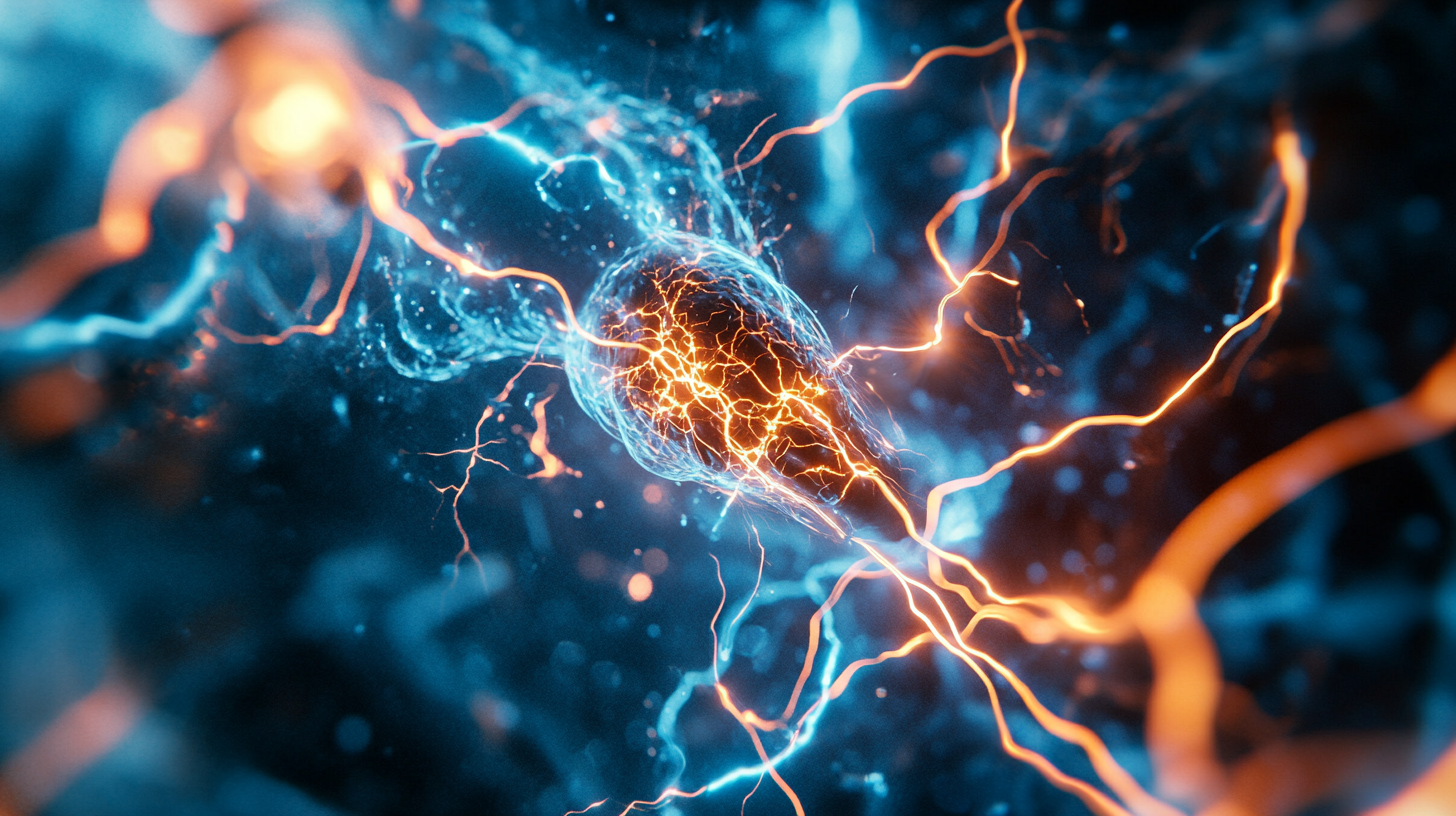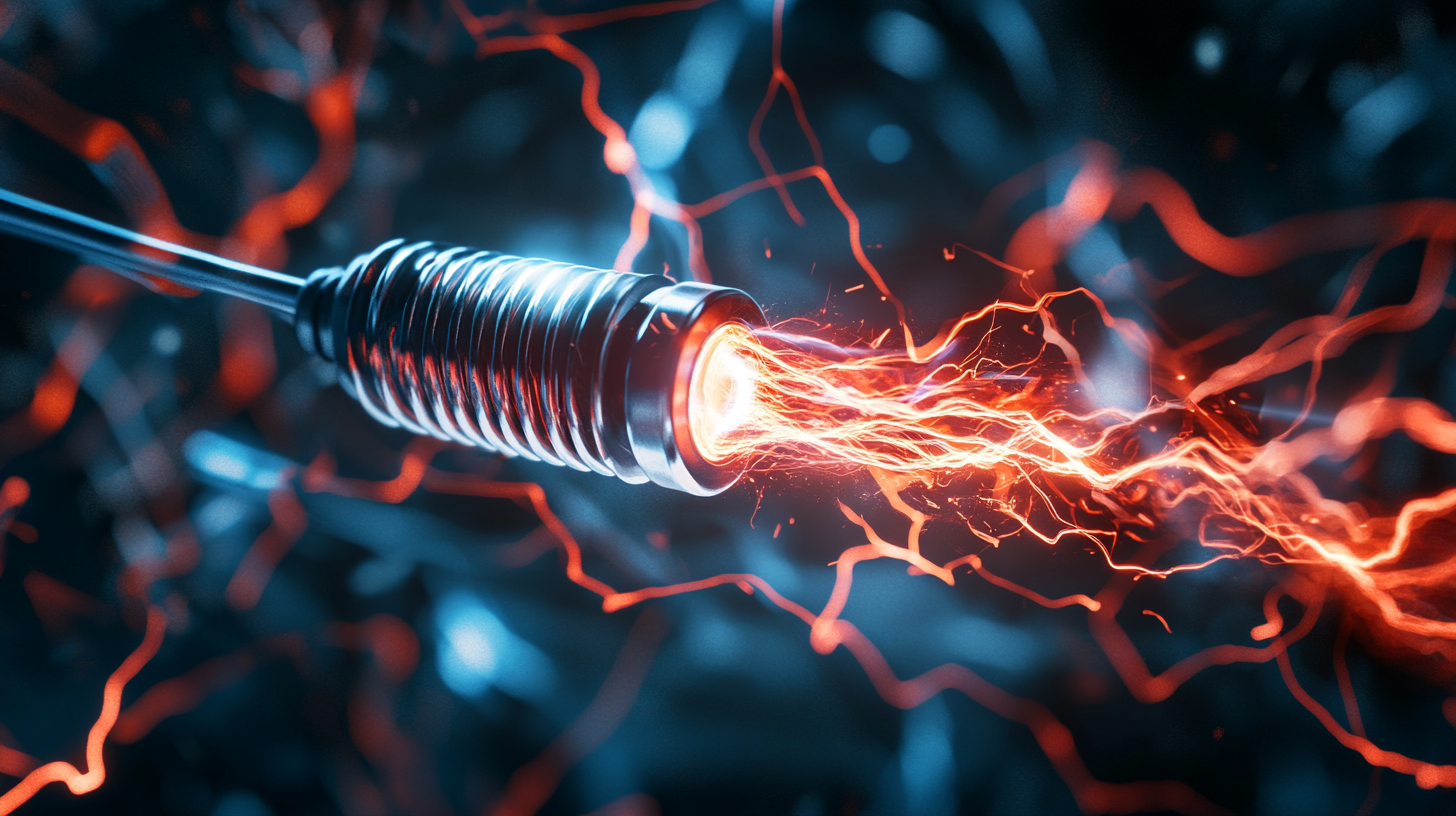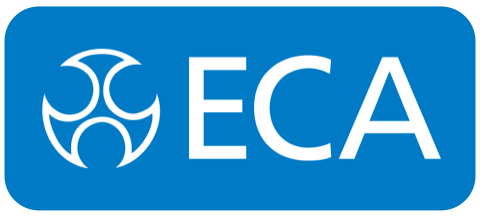- Home
- News
Challenges in Accurately Measuring Electric Currents: A Comprehensive Guide
In the rapidly evolving field of electrical engineering, accurately measuring electric currents is a crucial aspect that underpins the reliability and efficiency of countless applications. According to a recent report by the International Electrotechnical Commission, inaccuracies in electric current measurements can lead to operational inefficiencies and potential safety hazards, costing industries millions annually. As technologies advance and systems become more complex, the demand for precise measurement techniques has surged. The role of tools such as the Electric Current Checker has become vital in ensuring that measurements are not only accurate but also reproducible across different environments. This comprehensive guide aims to explore the inherent challenges faced in this domain, shedding light on methodologies, best practices, and the importance of calibration standards, ultimately providing readers with the knowledge to navigate the intricacies of electric current measurement with confidence and precision.

Understanding the Fundamentals of Electric Current Measurement Techniques
Accurate measurement of electric currents is crucial for various industries, from electronics manufacturing to renewable energy systems. A comprehensive understanding of the fundamental measurement techniques can significantly enhance the reliability of data collected. Among the most common methods are direct current (DC) measurement and alternating current (AC) measurement, each presenting unique challenges and requiring specific instruments. According to the International Electrotechnical Commission (IEC), precision in current measurement is vital, as discrepancies can lead to inefficiencies or even hazardous conditions.
One prevalent technique is the use of shunt resistors, which involves placing a precisely known resistor in series with the load. The voltage drop across this resistor is measured to calculate the current flow, but this method can introduce errors due to voltage offset and temperature variations. The IEEE published research indicating that temperature coefficients can change the resistance value significantly, potentially leading to measurement inaccuracies. Moreover, when dealing with AC, the complexities increase as phase shift and frequency response come into play, necessitating the use of true RMS multimeters for accurate readings.
Emerging technologies, such as clamp meters and Hall effect sensors, provide additional options for current measurement without disrupting the circuit. These techniques allow for non-invasive measurements, which are particularly beneficial in high-voltage applications. However, as indicated in a report by the National Institute of Standards and Technology (NIST), the calibration and linearity of these devices are paramount for minimizing errors. Understanding these fundamentals can help professionals select the appropriate measurement technique while ensuring the highest accuracy in their applications.
Common Challenges in Accurate Current Measurement: Noise and Interference
Accurately measuring electric currents presents significant challenges, particularly due to the interference of noise and extraneous signals. Noise can arise from various sources such as electromagnetic interference or fluctuations in equipment sensitivity. These interferences can distort readings, leading to unreliable data that hampers effective decision-making in both industrial and research settings. As electricity plays a critical role in modern technology, addressing these issues is paramount for ensuring system integrity and optimizing performance.
Modern methodologies are being developed to combat these challenges. For instance, advanced algorithms can adaptively filter noise, much like those used in recent technologies for analyzing blast vibration signals. By incorporating machine learning techniques, one can enhance the robustness of current measurements against distortions, leading to improved accuracy. Incremental innovations, such as temperature compensations and adaptive signal processing, can bolster measurement fidelity, ensuring that electric current readings reflect actual conditions. As sensor technologies evolve, these advancements promise to mitigate interference effectively, paving the way for more reliable and precise electrical measurements.

Comparative Analysis of Different Current Measurement Devices and Their Limitations
When it comes to accurately measuring electric currents, several devices are commonly used, each with its own strengths and limitations. Ammeters, for instance, are the traditional go-to for direct current (DC) measurements. They provide straightforward readings but can be prone to errors if not properly calibrated. Additionally, their accuracy diminishes at higher frequencies or if the circuit is not designed to accommodate them, leading to potential misrepresentations of the current flow.
On the other hand, clamp meters offer a non-intrusive method to measure alternating current (AC) in live circuits without needing to disconnect anything. While they provide convenience, their accuracy can be compromised by factors such as the distance from other conducting materials or the presence of harmonics in the current. Digital multimeters (DMMs) also serve as versatile tools, extending their functionality beyond current measurement to include voltage and resistance. However, they can be limited by their resolution and range, making them less suitable for very low or very high current measurements.
Furthermore, specialized sensors, such as Hall Effect sensors, introduce a new level of precision but often require complex calibration and integration into existing systems. Each of these devices plays a crucial role in current measurement, yet understanding their limitations is essential to ensure reliable and accurate readings in various applications.
Industry Standards in Current Measurement: What You Need to Know
When it comes to current measurement in various industries, understanding the industry standards is essential for accuracy and reliability. Different sectors employ standardized methodologies to ensure that electric currents are measured consistently, thereby minimizing the risk of errors that could lead to inefficiencies or safety concerns. These standards not only outline the required equipment but also establish protocols for calibration and testing to validate measurements against a recognized reference.
In the context of evolving concerns around environmental impact and regulation, accurate current measurement is increasingly linked to broader sustainability practices. For instance, industries are adopting standards similar to those used in carbon credit measurements—like Measurement, Reporting, and Verification (MRV)—to enhance transparency and compliance. This approach facilitates the tracking of energy consumption and its related emissions, ensuring that businesses can report their practices accurately and align with statutory requirements. As industries seek to implement these measurements, the importance of adhering to recognized standards cannot be overstated, as they safeguard both operational efficiency and environmental integrity.
Challenges in Accurately Measuring Electric Currents
The Impact of Temperature and Environmental Factors on Measurement Accuracy
Measuring electric currents accurately is a complex task influenced by various environmental factors, particularly temperature. According to a report by the National Institute of Standards and Technology (NIST), temperature variations can lead to measurement errors exceeding 1% in precision applications. This discrepancy is predominantly due to the temperature coefficient of resistivity, which indicates how materials change in resistance as the temperature fluctuates. For instance, copper, a commonly used conductor, has a temperature coefficient of approximately 0.00393 per degree Celsius, meaning that even a small change in temperature can result in significant variations in measured currents.
Additionally, humidity and atmospheric pressure also play crucial roles in measurement accuracy. The International Electrotechnical Commission (IEC) outlines that high humidity levels can introduce corrosion in electrical components, leading to unreliable measurements. Moreover, atmospheric pressure changes can affect the stability of measurement devices, particularly in precision applications such as laboratory work where even slightest deviations can compromise results. By carefully controlling these environmental factors, industry professionals can work towards ensuring the reliability of electric current measurements, thereby enhancing the overall accuracy of their electrical systems.

